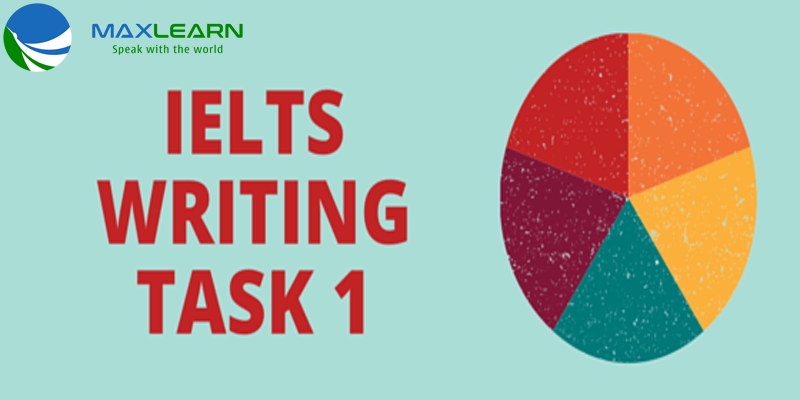Cách sử dụng "mệnh đề chỉ mục đích"tiếng anh
Trong 4 tiêu chí chấm điểm Ielts Writing task 2, ngữ pháp là một trong những tiêu chí bắt buộc nên thí sinh cần dành nhiều thời gian luyện tập để có thể sử dụng thành thạo. Trong tiếng anh có nhiều cấu trúc để chỉ mục đích trong bài viết này, chúng tôi sẽ hướng dẫn phân biệt & nêu rõ công thức, cách dùng của từng loại kèm các ví dụ để giúp thí sinh hiểu rõ hơn, có thể vận dụng loại mệnh đề này vào trong IELTS.

1. Cấu trúc "in order to", "so as to", "to"
- Cấu trúc in order to/ so as to/ to nghĩa là để, để mà, được dùng như cụm từ để chỉ mục đích (Phrase of purpose). Sau in order to/ so as to/ to sẽ là một động từ ở dạng nguyên mẫu.
Công thức ở thể khẳng định:
S + V + in order to + V (bare- infinitive)
S + V + so as to + V (bare- infinitive)
S + V + to-infinitive
- She wakes up early in order to be on time to work.
- They visited him so as to offer their condolences for the death of his wife.
- I worked hard to pass the test
Công thức ở thể phủ định
S + V + in order + not + to + V (bare- infinitive)
S + V + so as + not + to + V (bare- infinitive)
- She got up early in order not to miss the bus.
- He studies hard so as not to fail in the exam
- Chỉ được dùng cấu trúc này khi có 2 chủ ngữ 2 câu giống nhau
- Ví dụ: I study hard. I want to pass the exam-> I study hard in order to pass the exam.
- Nếu có 2 chủ ngữ khác nhau thì chủ ngữ câu sau biến thành FOR SOMEBODY
- Ví dụ: I gave her his phone number. I wanted her call him=> I gave her his number in order for her to call him.
2. Cấu trúc "so that", "in order that"
- Khác với in order to/ so as to/ to ở trên là cụm từ chỉ mục đích, thì "so that", "in order that" được sử dụng như một mệnh đề chỉ mục đích (Clause of purpose) cũng nghĩa là để, để mà. Sau "so that", "in order that" sẽ là một mệnh đề hoàn chỉnh.
Công thức mệnh đề chỉ mục đích:
S+ V + so that + S can/could/will/would... + V (bare-infinitive)
S+ V + in order that + S can/could/will/would... + V (bare-infinitive)
- I study hard so that I can pass the exam.
- I study hard so that I won't fail the exam.
- I give you the book in order that you can read it.
- Bạn sử dụng cấu trúc này thì mệnh đề chỉ mục đích phải sử dụng với các động từ khiếm khuyết Modal verbs (động từ nhưng lại không chỉ hành động mà nó chỉ giúp bổ nghĩa cho động từ chính) như can/could/will/would,...
- Thông thường nếu không có NOT thì dùng can/could còn có NOT thì dùng won't/ wouldn't,trừ những trường hợp có ý ngăn cấm thì mới dùng can't/couldn't.
- I hide the toy so that my mother can't see it
3. Sử dụng "for" để chỉ mục đích
- Để diễn đạt mục đích thì cũng có thể dùng với từ "for", sau FOR sẽ là Noun (Danh từ) hoặc Noun Phrase (cụm danh từ).
S + V + For + N/N Phrase
- I stop there for a chat.
- We stopped at the pub for a drink.
- I went to London for a conference
For có thể đứng trước một "V-ing" để bày tỏ mục đích/mục tiêu.
S + V + For + V-ing
- An altimeter is used for measuring height above sea level.
- I study hard for passing the exam.












